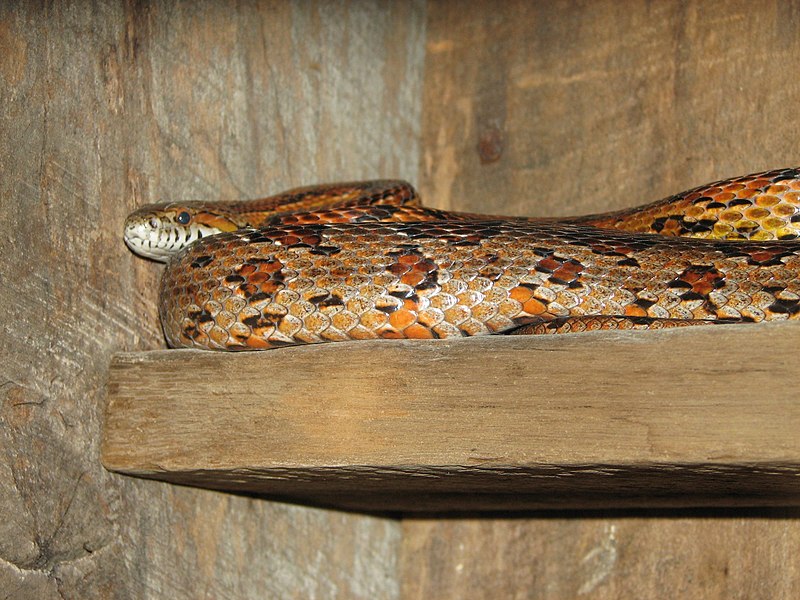Hello Chicken Raising Chicks!
Today I would like to announce a new blog series that Miranda and I have been working on.
Beginning with Chicks is basically a five part series that will publish every Friday in August. It covers everything from ordering your chicks to when they can be transferred to a chicken coop outside.
Below is a list that shows the title of each post. After each one is published I will provide a link for it.
Ordering Your Chicks by Cassandra Hart
Preparing For Your Chicks by Cassandra Hart
Picking Up Your Chicks by Miranda Hart
Caring For Them by Cassandra Hart
Putting Your Chicks Outside by Miranda Hart
I know right now isn't the usual time to order chicks, as many people begin in the Spring. However, I thought that by sharing this now it will better prepare you for when you do own chickens.
When Spring makes its glorious return I'll be sure to share this again.
Thank you all for joining me, and I hope to see you back this Friday for the first part of Beginning With Chicks.

Below is a list that shows the title of each post. After each one is published I will provide a link for it.
Ordering Your Chicks by Cassandra Hart
Preparing For Your Chicks by Cassandra Hart
Picking Up Your Chicks by Miranda Hart
Caring For Them by Cassandra Hart
Putting Your Chicks Outside by Miranda Hart
I know right now isn't the usual time to order chicks, as many people begin in the Spring. However, I thought that by sharing this now it will better prepare you for when you do own chickens.
When Spring makes its glorious return I'll be sure to share this again.
Thank you all for joining me, and I hope to see you back this Friday for the first part of Beginning With Chicks.






